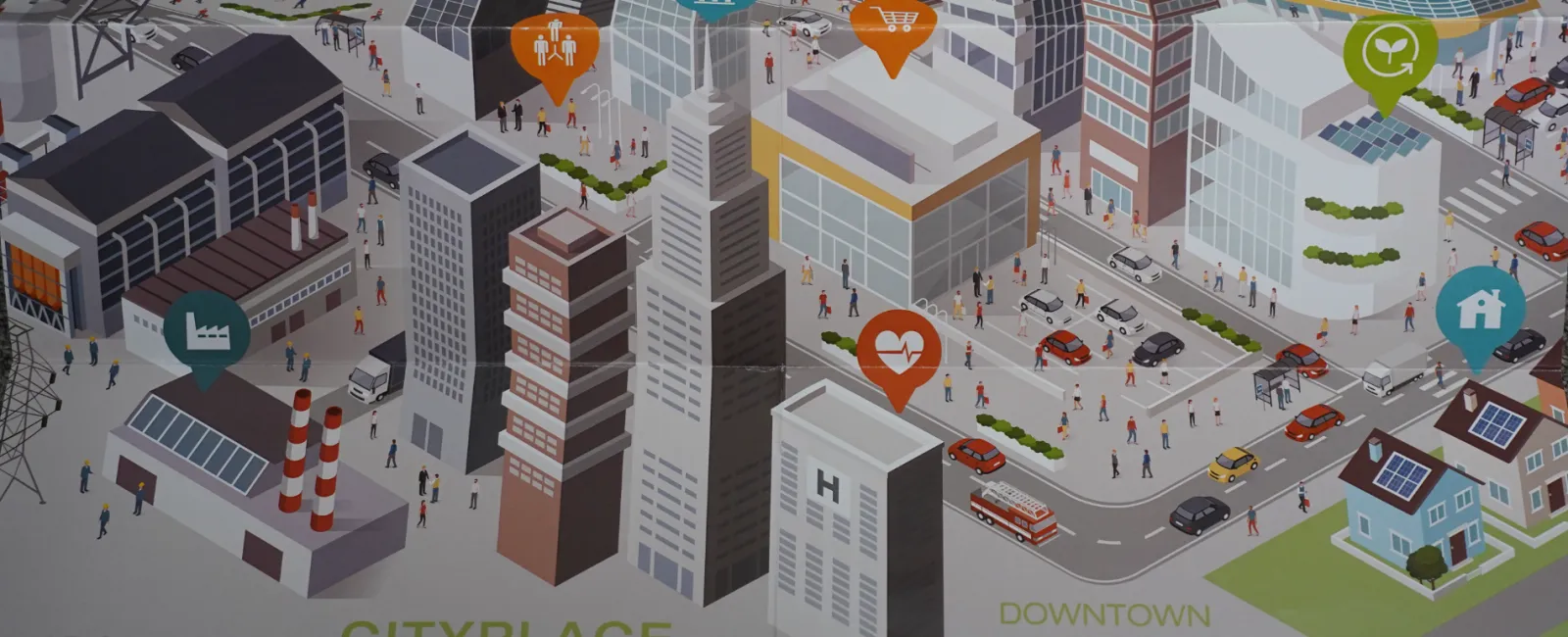Perfect Bound VS Saddle Stitch
Perfect bound and saddle stitch are two popular methods for binding printed materials, each with its own advantages.
Binding methods play a crucial role in the presentation of printed materials.
They not only hold the pages together but also contribute to the overall aesthetic and functionality of the publication.
In this blog, we will discuss two popular binding methods: perfect bound and saddle stitch.
We will explore their pros and cons, providing a detailed comparison to help you make an informed decision for your next project.
Whether you're a self-publisher, a graphic designer, or simply interested in bookbinding techniques, this guide is for you.
Understanding Binding Methods
Binding is the process of fastening individual pages together to form a book or booklet.
Different binding methods are suitable for different types of publications, depending on factors such as page count, usage, and budget.
Perfect Bound Books
Perfect binding is a widely used method, especially for softcover books.
It involves gluing the pages to the cover's spine, creating a flat and square finish.
This method is common in novels, catalogs, and manuals due to its professional appearance.
Pros of Perfect Binding
- Professional Appearance: Perfect bound books have a clean, finished look that adds to their perceived value.
- Spine Printing: The spine of a perfect bound book can be printed on, allowing for easy identification on a bookshelf.
- High Page Count: Perfect binding can accommodate a higher page count than many other binding methods.
- Durability: These books are quite durable, making them suitable for long-term use.
Cons of Perfect Binding
- Cost: Perfect binding can be more expensive than other methods, especially for small print runs.
- Lay Flat: Perfect bound books do not lay flat when opened, which can be a disadvantage for certain types of publications.
- Equipment: This method requires professional equipment, making DIY difficult.
- Permanence: Once bound, pages cannot be added or removed.
Saddle Stitch Binding
Saddle stitch binding involves folding the pages in half and stapling them along the fold.
This method is often used for booklets, brochures, and magazines with a lower page count.
It's a cost-effective option that still offers a professional finish.
Pros of Saddle Stitch Binding
- Cost-Effective: Saddle stitch is generally less expensive than perfect binding, making it a good choice for smaller budgets.
- Lay Flat: Publications bound with saddle stitch can lay flat when opened, which is beneficial for certain types of content.
- Quick Production: The process is relatively quick, allowing for faster turnaround times.
- DIY Friendly: This method can be done at home with basic tools, making it suitable for small, DIY projects.
Cons of Saddle Stitch Binding
- Limited Page Count: Saddle stitch is not suitable for publications with a high page count.
- No Spine Printing: There is no spine to print on, which can limit display options.
- Durability: While still sturdy, saddle stitch may not be as durable as perfect binding, especially for long-term use.
- Paper Weight: This method requires careful consideration of paper weight to ensure the staples can hold the pages securely.
Perfect Bound vs Saddle Stitch: A Comparative Analysis
When choosing between perfect bound and saddle stitch, it's important to consider the specific needs of your project.
Both methods have their strengths and weaknesses, and understanding these can help you make an informed decision.
Aesthetics and Design
Perfect bound books offer a sleek, professional look.
They have a flat spine that can be printed on, enhancing their shelf appeal.
On the other hand, saddle stitch binding, while still professional, is more casual and doesn't allow for spine printing.
Durability and Usage
Perfect bound books are generally more durable, making them suitable for publications intended for long-term use.
However, they don't lay flat when opened, which can be a disadvantage for certain types of content.
Saddle stitch binding, while not as durable, allows the publication to lay flat when opened, making it ideal for manuals, cookbooks, and other similar publications.
Cost and Production Time
Perfect binding is typically more expensive and time-consuming than saddle stitch.
However, it can be more cost-effective for larger print runs due to economies of scale.
Saddle stitch, being a simpler process, is generally quicker and less expensive, making it a good choice for smaller budgets and faster turnaround times.
Choosing the Right Binding Method for Your Project
The choice between perfect bound and saddle stitch depends on various factors.
It's not just about cost or aesthetics.
The nature of your content, the intended use of the publication, and your target audience all play a role.
Understanding these factors can guide you to the right decision.
Factors to Consider
When choosing a binding method, consider the following:
Content and Usage: Is your publication meant for long-term use or short-term reference? Does it need to lay flat when opened?
Audience: Who are your readers? What are their preferences and expectations?
Budget and Time: How much are you willing to spend? How quickly do you need the books produced?
These considerations will help you choose the most suitable binding method for your project.
Conclusion
Choosing the right binding method is crucial for the success of your publication.
Whether you opt for perfect bound or saddle stitch, ensure it aligns with your content, audience, and budget.
Do you have a project coming up and want more information about saddle stitch vs perfect binding? Reach out to us at 866-938-3757 and we would be happy to help!




